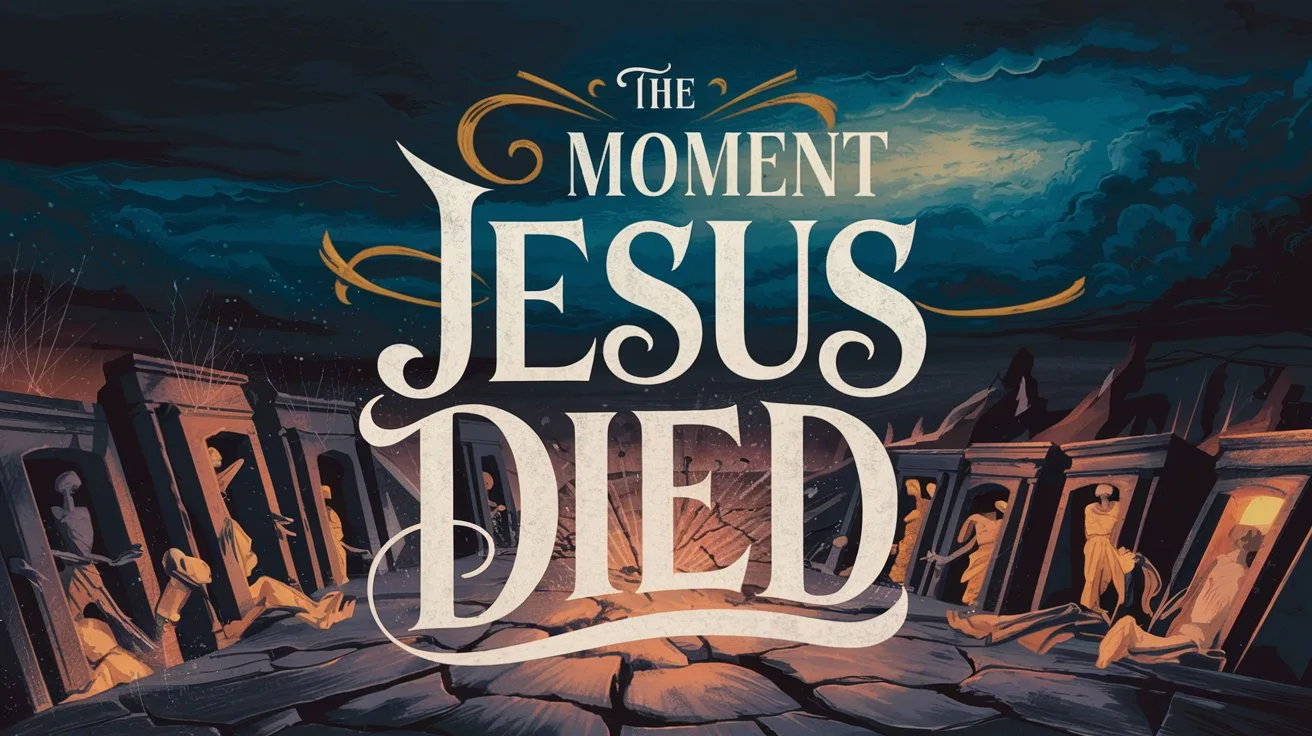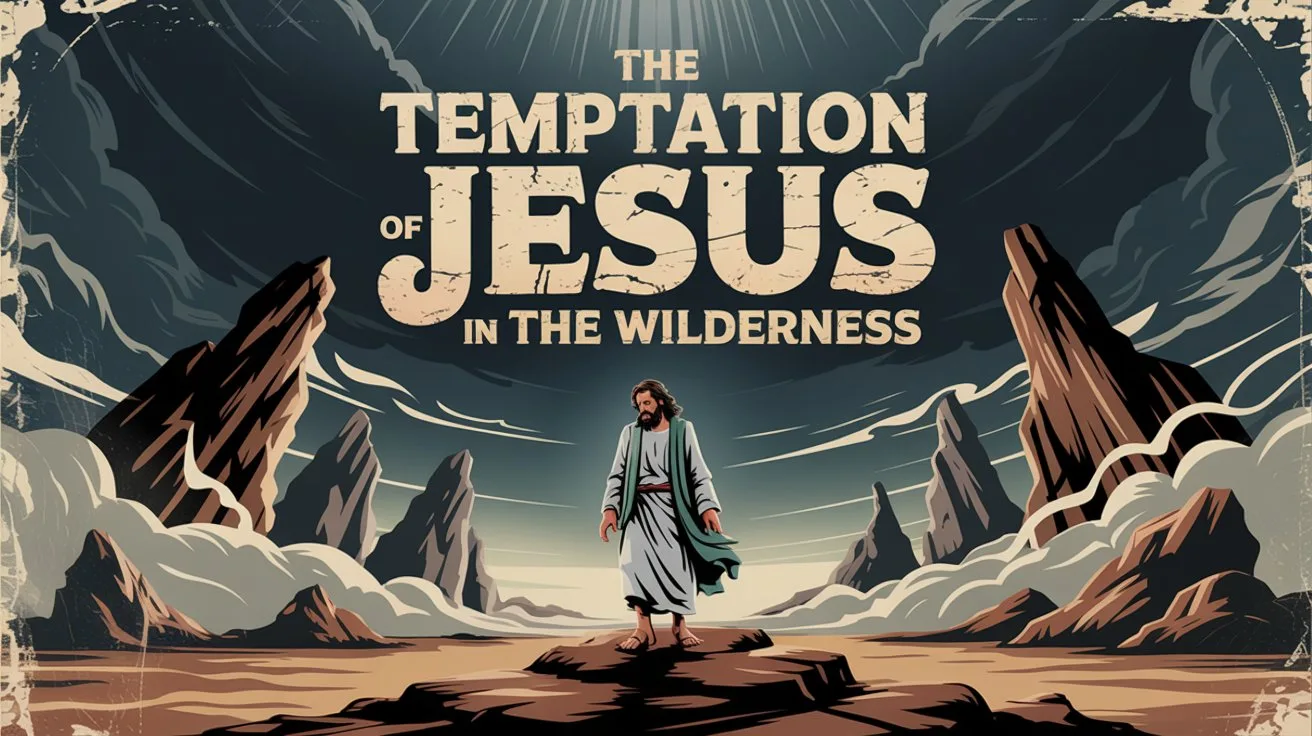Ezekiel’s temple vision is recorded in Ezekiel chapters 40 through 48. It is a detailed and expansive vision of a future temple and its ordinances, reflecting God’s glory, holiness, and intention to dwell among His people once again.
In the twenty-fifth year of Israel’s captivity, Ezekiel was brought “in visions of God” to the land of Israel and set upon a very high mountain (Ezekiel 40:1–2). There, he saw a man with the appearance of bronze holding a measuring rod, who began to show Ezekiel the dimensions and design of a new temple structure. The chapters that follow provide precise architectural details of gates, courts, chambers, the altar, and the inner sanctuary.
Ezekiel 43:1–5 describes the return of the glory of the Lord, which had departed earlier in the book (Ezekiel 10). Now, the glory of the Lord comes from the east and fills the house, and Ezekiel falls on his face. God tells him that this place is the throne of His glory and where He will dwell in the midst of the children of Israel forever (Ezekiel 43:7).
The vision includes laws for priests, ordinances for worship, instructions for offerings, and a future division of the land among the twelve tribes (Ezekiel 44–48). There is also a river that flows from under the temple threshold, bringing life and healing wherever it goes (Ezekiel 47:1–12).
This temple is unlike Solomon’s, Zerubbabel’s, or Herod’s temple. Its grandeur, exact dimensions, and unfulfilled elements suggest it is prophetic, likely pointing to a millennial temple in the future reign of Christ on earth (cf. Revelation 20:4–6). The presence of God’s glory returning affirms His enduring covenant with Israel.
The temple vision emphasizes God’s holiness, order, and the restoration of worship. It signifies that despite past judgment and exile, God will restore His people, dwell among them, and establish His righteousness and peace.







